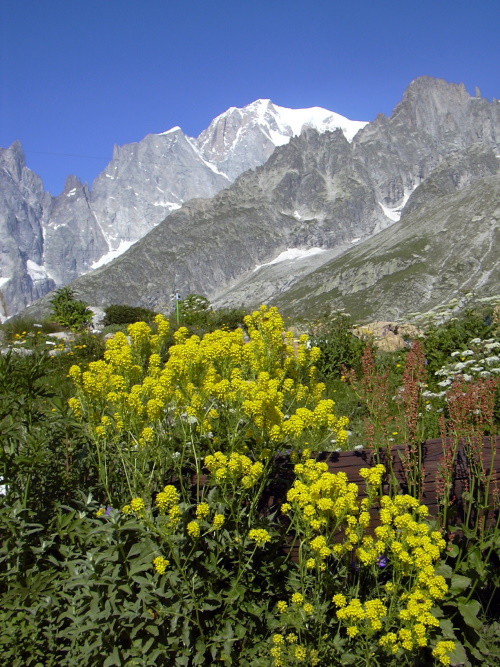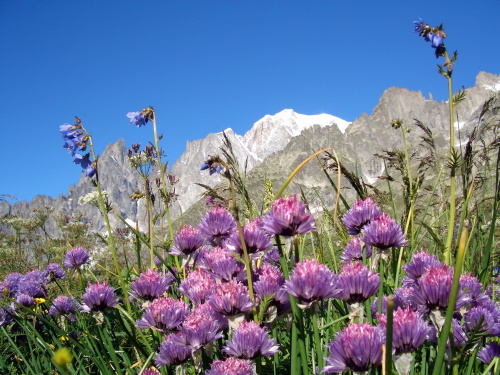Environment
Special care was paid during the design stages to minimize energy losses, using highly insulating materials, large photovoltaic surfaces and heating systems with heat and heat recovery pumps, all of the foregoing to ensure being as close as possible to the “Zero Energy Building” standard, which involves creating buildings that are power self-sufficient that do not require external energy. For the valley station of Pontal d’Entrèves, the studio even achieved an “active building” structure, meaning the facilities have an energy surplus over their usage.

The two cableway segments are constructed on the rocky cliffs, meaning passengers, after having climbed to the upper station, will have to return to the lower station using the cableway. For this reason, we conducted an energy study to appraise the amount of energy generated by the system while climbing and descending. The cableway system is equipped with electrical systems capable of including the generated energy into the system’s power grid.
Usually, energy created by cableway systems when generating power by descending is reincluded into the power grid without it having any financial benefits.

To obtain financial compensation by returning the generated energy into the power grid, we agred with the service provider to have a power counter installed that measure the amount of energy that is returned to the power grid. This energy is recognized by the power Service Provider and deducted from the normal energy consumption bill. So as to reduce operational power costs, we will implement appropriate systems for extracting heat from the winch machinery in the engine room. This flow of hot air, once led into a “water / air” exchange system, will allow to supply the stations’ technological systems with hot water.